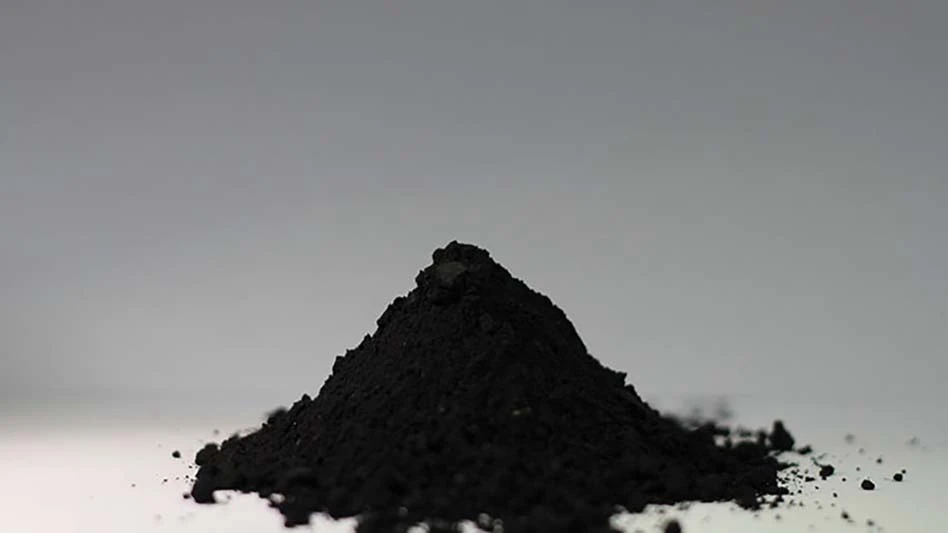
As the COVID-19 virus emerged onto the scene in North America and Europe, and then persisted as a daily factor in life, the notion of copper as a material with antimicrobial properties became part of the discussion.
It is difficult to discern whether any major shifts have taken place in converting countertops, door handles and latches or other points of widespread public contact from other metals and materials to copper. A few companies have offered pertinent products and legislators in at least one state have considered the idea.
A late August article posted by the Switzerland-based World Economic Forum and written by the executive director of a Chile-based foundation says companies and governments in other nations who want to know more on the topic can turn to Chile for expertise.
Constanza Cea, the executive director of Santiago, Chile-based Imagen de Chile, writes that viruses have been “found to survive only four hours on copper, but up to two to three days on plastic and stainless steel.” She adds, “In Chile, the world’s biggest copper producer, the metal’s anti-viral properties have long been known.”
Cea says Chilean entrepreneurs have already developed an antimicrobial copper-based material for 3D printing that has “many potential applications in health care,” and that copper could is poised to play a role in “the global struggle to end the pandemic.”
As copper “has been intensely studied and employed for its antimicrobial properties for years” in Chile, according to Cea, researchers and leaders there are convinced “when microbes land on copper and its alloys, for example because someone touches or sneezes on a surface, the metal releases copper ions. These electrically charged particles disrupt the outer coat of the virus and destroy the DNA and RNA inside. This means the virus cannot mutate and become resistant. In experiments, copper has killed pathogens within minutes.”
Convinced of copper’s value in that role, “Even before the pandemic, Chile pioneered the use of copper on surfaces and in objects for antimicrobial purposes, including public areas,” writes Cea. “There are around 70 companies that incorporate copper nanoparticles into their products as an antibacterial solution. Long before COVID-19, you could find copper in Chilean adult and baby clothing, shoes, cosmetics, sleeping bags, bed sheets, detergents and even paint. In 2014, Santiago International Airport introduced copper foils to their check-in and customer counters.”
Cea says Chile-based companies such as Copper3D have been working with face mask makers and designers around the world during the pandemic to provide assistance in how to incorporate copper within masks. She says the firm’s face mask design “has been downloaded more than 21.5 million times from more than 50 countries all over the world, including the United States, the United Kingdom, Spain, Brazil, China, Japan and Nigeria. It put copper at the center of global innovation.”
Concludes Cea, while inviting companies and governments from other parts of the world to learn more from her nation, “Chile has become a copper innovation hub. Through this health crisis, the world has now also discovered copper’s many uses and qualities. Buses, subways, airports and hospitals all over the world could be made safer by using disinfectants and even textiles such as bedsheets and protective clothing that incorporate copper nanoparticles.”
Cea’s full essay can be found on this web page.
Get curated news on YOUR industry.
Enter your email to receive our newsletters.
Latest from Recycling Today
- Reworld partners with Mystic Aquarium
- BIR calls for fair standards, circular solutions in defining ‘green steel’
- LME reports active Q2
- Liberty Steel assets facing financing deadlines
- Sims is part of Australian recycling loop
- Tariffs target steel exporters Brazil, Canada and South Korea
- Buy Scrap Software to showcase its software at Scrap Expo in September
- LG details recycling activities






